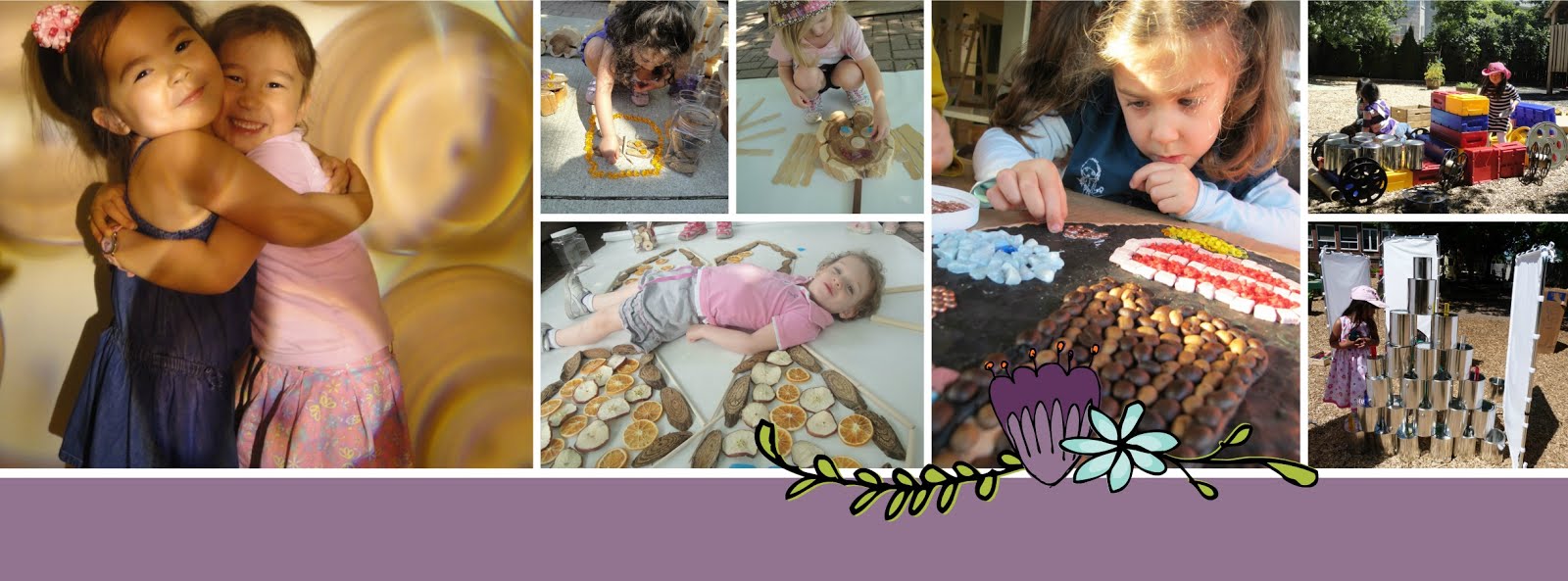
Needless to say this time of year is one of the best times to focus on stories. Not only reading them to the children but listening to the children tell their own as they become captivated by the festivities of the Holiday season.
In the Polar Express a young boy dares to believe in the magic of Christmas and so he climbs aboard an enchanted train that takes him to the North Pole where he receives the first gift of Christmas.
This group of SK children is busy at work making the backdrop for the class production of the Polar Express.







































 What does a child think when he looks at his shadow? Does he understand that the shadow is caused because his body obstructing a light beam?
What does a child think when he looks at his shadow? Does he understand that the shadow is caused because his body obstructing a light beam? 










